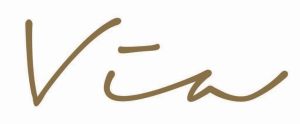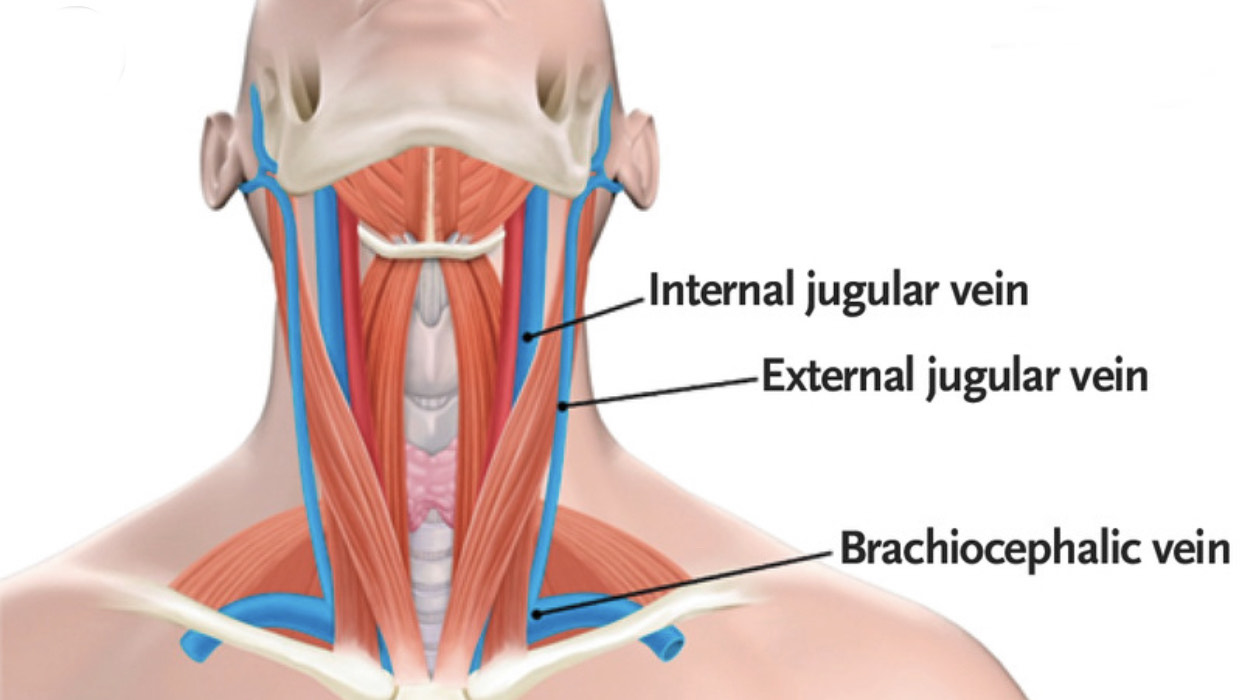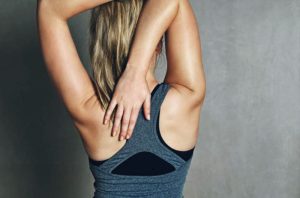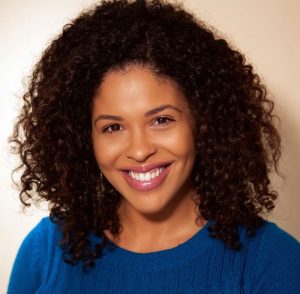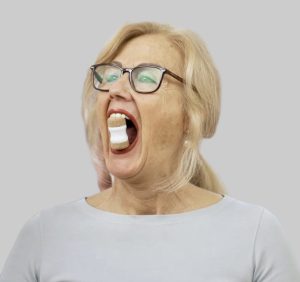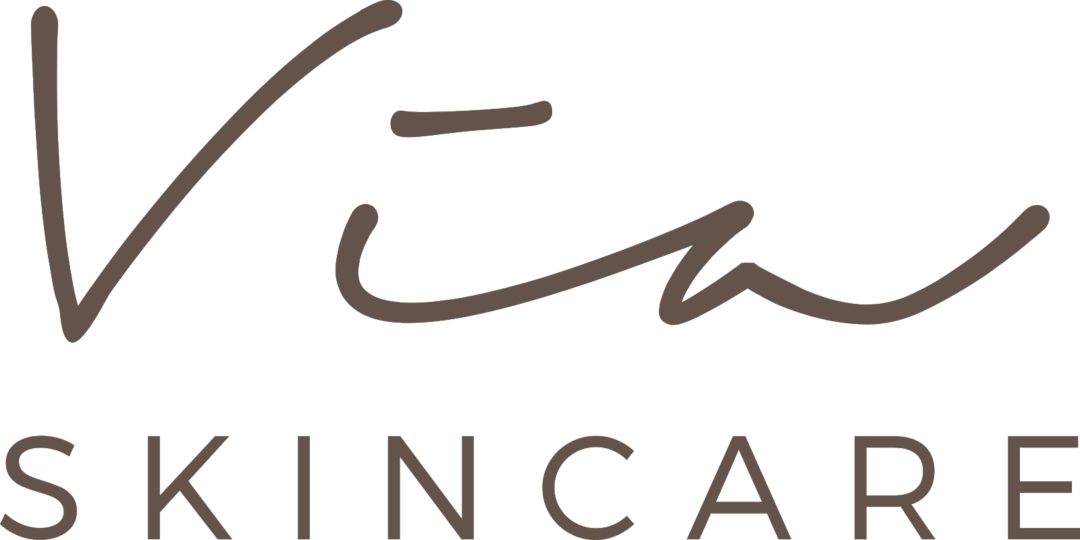The Anatomy of Blood Outflow
The outflow of blood from the neck is provided by the external jugular vein. The internal jugular vein collects blood from the head and neck. Its tributary, the facial vein, carries blood away from the face. The direction of blood flow is from top to bottom. Venous blood removes all metabolic waste from the tissues.
Consequences of Impaired Blood Flow
Abstractly, metabolic waste can be called slags and toxins, and specifically they are carbon dioxide, ketone bodies, fatty acids (the result of debilitating low-calorie diets), lactic acid, liver pigments (indirect bilirubin and bile acids, products of lipid peroxidation). All these wastes are highly toxic. If the outflow of blood is disturbed, it accumulates in the tissues. As a result, local immunity suffers, microflora changes, infections begin to develop. Acidosis, or “acidification” of tissues, can occur and have serious consequences.
The Role of Physical Mechanisms in Blood Circulation
This fantastically complex mechanism of fluid circulation is designed to prevent swelling and puffiness of the face. The most important “engine” of the outflow is the right ventricle of the heart. It is much weaker than the left one: this is also why the speed of blood flow in the veins is lower than in the arteries. In order for the outflow of fluid to be effective and we do not swell, it is assisted by auxiliary mechanisms of blood circulation.
How Auxiliary Mechanisms Support Venous Flow
The first auxiliary mechanism is the work of the muscles, the muscular-venous pump. The second auxiliary mechanism is the valves in the veins. They prevent the backflow of blood, close, and prevent fluid from draining down. In the veins of the brain and face, unlike other venous vessels, there are no valves. The third mechanism in this work is the “respiratory pump,” or sucking action of the chest. And the fourth important mechanism is anastomoses. These are bypass ways of blood circulation, which are formed when several vessels are connected into one network.
Enhancing Blood Circulation Through Anastomoses and Physical Activity
Most often, the anastomoses are closed, but with increasing physical activity, they open to increase the volume of blood circulation in the desired area. Due to the developed anastomoses, wounds on the face heal faster than on the body. And how to develop them? For example, through massage. The opening of anastomoses is a universal mechanism that allows bypassing obstacles (compressed or clogged vessels) to ensure normal blood supply. This entire complex structure functions under one crucial condition: physical activity. This law cannot be bypassed. Ideally, an active lifestyle should initiate a muscle pump, a respiratory pump, and capillary activity. When muscles do not contract during the day, and the volume of respiratory movements is reduced due to stoop, the anastomoses close, the vein valves do not close completely, and the entire load falls on the right ventricle of the heart. Even a healthy right ventricle under such a load will struggle, leading to potential stagnation of blood in various body parts, contributing to persistent edema. It’s essential to ensure that all these mechanisms work properly daily to manage facial swelling, nasolabial folds, and under-eye bags effectively.
Interested in learning more about how to maintain healthy blood circulation and a youthful appearance? Visit Via Skincare for expert advice and specialized treatments that promote optimal blood flow and skin health.
